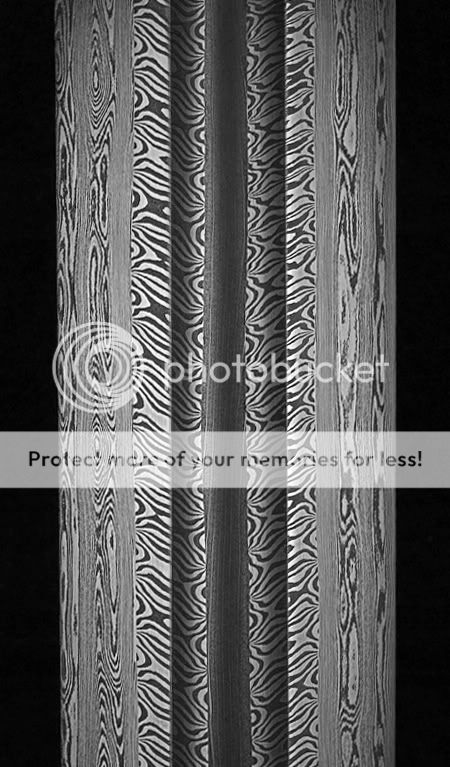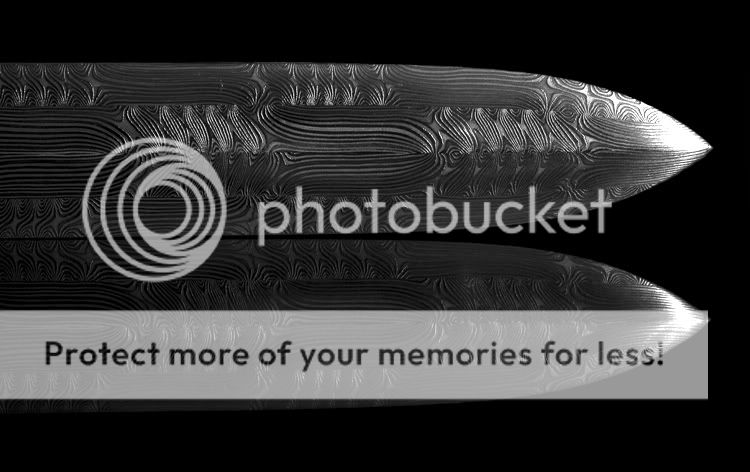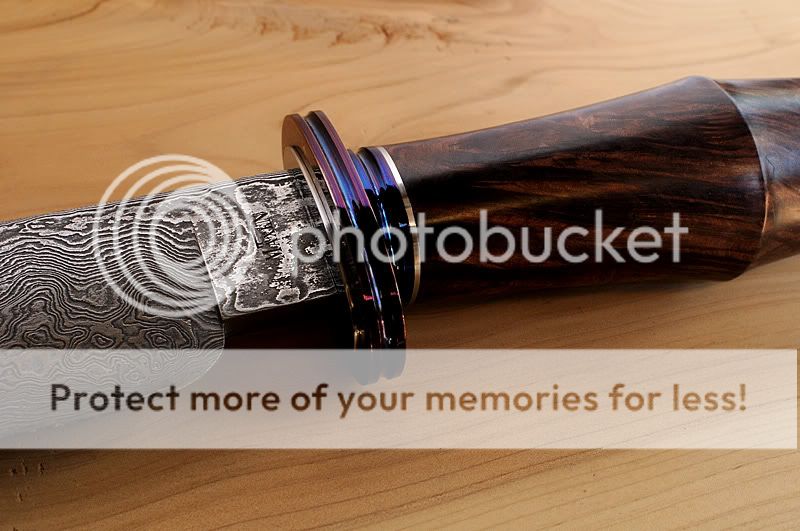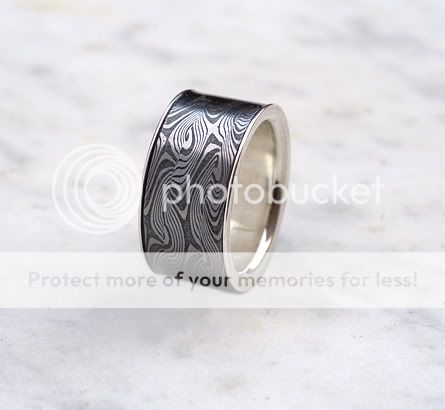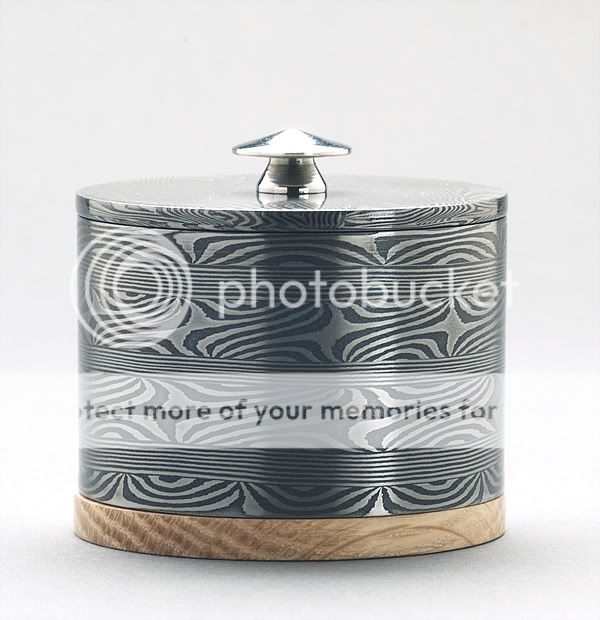- Messages
- 609
- Name
- Barry
- Edit My Images
- Yes
this is the blade close up of one of my Damascus knife blades...you can see the unusual metal structure from the forging...i only wish I could afford to buy more..
http://i35.photobucket.com/albums/d174/kneetrembler67/Knives/DSCF7032.jpg
And from a distance
http://i35.photobucket.com/albums/d174/kneetrembler67/Knives/DSCF7160.jpg
Staff Edit : Images changed to clickable links. Pictures must not exceed current forum limits as per the rules. Please feel free to replace this with a fresh/resized image and remove this text
http://i35.photobucket.com/albums/d174/kneetrembler67/Knives/DSCF7032.jpg
And from a distance
http://i35.photobucket.com/albums/d174/kneetrembler67/Knives/DSCF7160.jpg
Staff Edit : Images changed to clickable links. Pictures must not exceed current forum limits as per the rules. Please feel free to replace this with a fresh/resized image and remove this text
Last edited by a moderator:


